Blog - The best travel insights and top travel tips
Welcome to the Mountain Kingdoms blog. We have been walking and trekking the world for over 36 years and here we share our holiday recommendations, travel pointers and favourite mountain views.
9 Best Cities to Visit Along the Silk Road
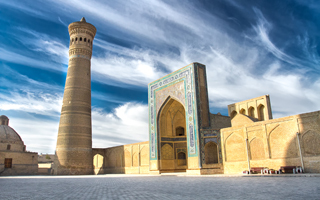
The Silk Road - a network of ancient trade routes that spanned over 4,000 miles, connecting the cultures of the East and West - wasn't just about goods flowing between continents. It was a vibrant corridor for ideas, religions, art, and cultures.... Read more
A Guide to Travelling the Silk Road

For centuries, the Silk Road has stirred the imagination. It was more than a trade route - it was a lifeline that carried stories, religions, spices, and silk across continents. Today, travelling the Silk Road is an invitation to retrace those footsteps, wander through bazaars that still buzz with colour, and walk paths that wind through mountains, deserts, and ancient cities.... Read more
The Best Time to Visit Bhutan: Weather, Seasons, Walking & Trekking Guide
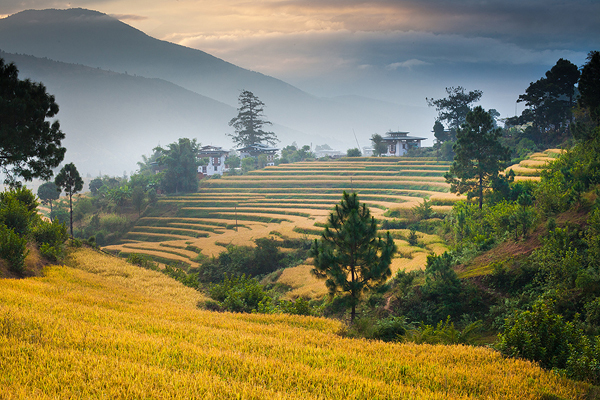
Bhutan, the Land of the Thunder Dragon, is a country where time slows and the mountains seem to breathe. Whether you’re drawn to its high Himalayan trails or to festivals that fill ancient dzongs with colour and song, timing your visit is key to experiencing the country at its best.... Read more
Trekking in Nepal: A Guide to the Greatest Trails, Seasons, Cultures & Experiences

Trekking in Nepal is one of the world’s great travel experiences. From the legendary trails beneath Mount Everest to the quiet beauty of the remote Himalayan valleys, this is a country that inspires every kind of traveller.... Read more
A Guide to the World Heritage Sites of Sri Lanka
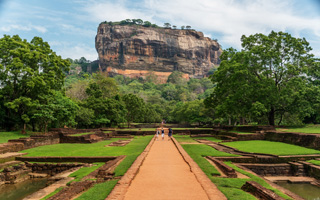
Sri Lanka is one of those rare places where ancient worlds and lush wilderness coexist like old friends. From ancient cities lost to the jungle, to sacred rock fortresses and forests where elephants roam freely, the country’s treasures are as varied as they are captivating.... Read more
When is the Best Time to Travel to Sri Lanka?
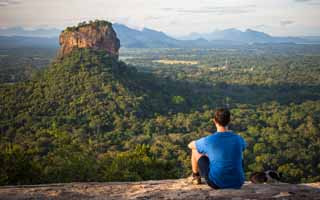
Sri Lanka is a destination that seems to have it all: palm-fringed beaches lapped by turquoise waters, misty mountain ranges draped in tea plantations, ancient ruins that whisper a storied past, and lush rainforests teeming with wildlife. Add to that world-class surfing, extraordinary safaris, and welcoming locals, and it’s easy to see why the island is such a favourite among travellers.... Read more
First time trekkers in Nepal

This spring, our new Operations & Marketing Assistant, Jess, decided to tackle the Annapurna Sanctuary Trek. Despite being only 23, Jess is already a veteran traveller having been to India, Japan, New Zealand and Southeast Asia, to name but a few of the far-flung destinations she’s visited. However, she’d never been to Nepal and was keen to experience it for the first time.... Read more
The Best Places to Visit in Sri Lanka

Sri Lanka may be small in size, but this teardrop-shaped island is one of Asia’s most captivating travel destinations. Nestled in the Indian Ocean, this tropical paradise boasts a stunning mix of diverse landscapes, rich cultural heritage, and breathtaking beaches that appeal to every traveller. ... Read more
The Best things to do in Bhutan
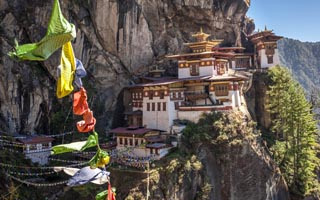
Whether you’re planning on spending a week or a month in Bhutan you’ll not be short of things to do. It may be small, but the Thunder Dragon Kingdom, is packed with no end of possibilities whether you want to tour the cultural sights, explore the towns, discover the countryside or head to the Himalaya on an adventurous trek. ... Read more
The Best Everest Hiking Boots: What You Need to Know About

Maybe you thought that taking the plunge and finally committing to trekking to Everest Base Camp (EBC) was the hard part. Wrong, that’s just the beginning! Tackling one of the world’s most famous treks requires not only physical preparation but also the right gear - especially the right Everest hiking boots.... Read more